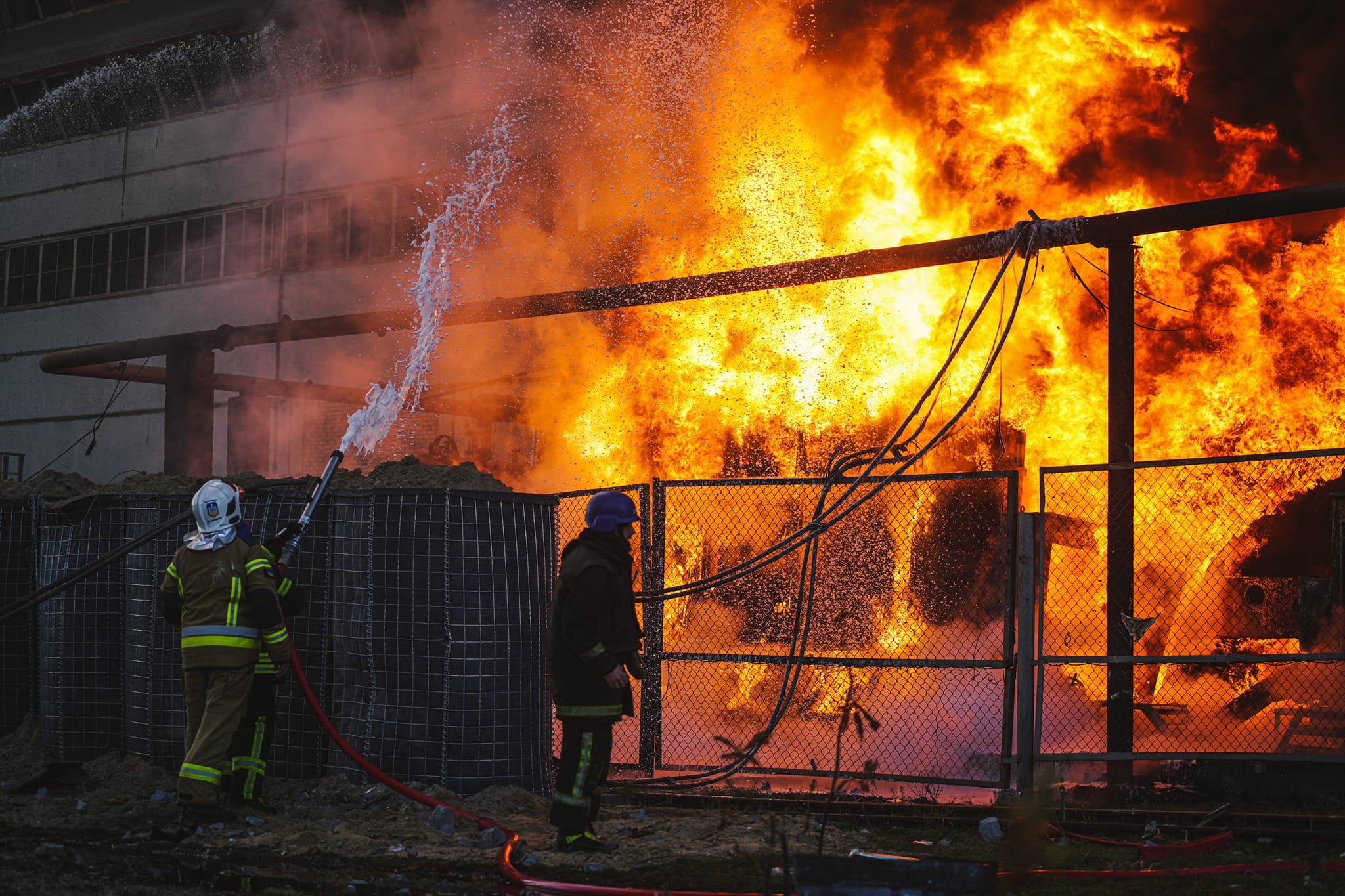
Combined attack on the fields
The Russians used 124 drones and about 19 missiles to attack Ukraine on the night of 11 February. Most of the drones were either shot down or landed due to electronic warfare interference, while three drones remained undestroyed.
The attack occurred in several waves: first, the Russians launched drones from Millerovo, Orel, Bryansk, Kursk, and Primorsko-Akhtarsk. Later, the Air Force reported Kalibr cruise missiles flying from the Black Sea, followed by Russia’s use of ballistic missiles.
Emergency blackouts were introduced across the country in the early morning hours. However, by the afternoon, schedules were cancelled as the power grid stabilised.
“Restrictions do not apply to household consumers, critical infrastructure, or enterprises that import more than 60% of their electricity needs in accordance with a government decree,” the Energy Ministry stated.
Russia struck gas fields in Poltava Region, the Air Force reported. The attack was a combined one, significantly complicating the work of Ukrainian air defence.
The shelling damaged equipment, though no workers were injured, and several settlements in the Myrhorod district were left without gas.
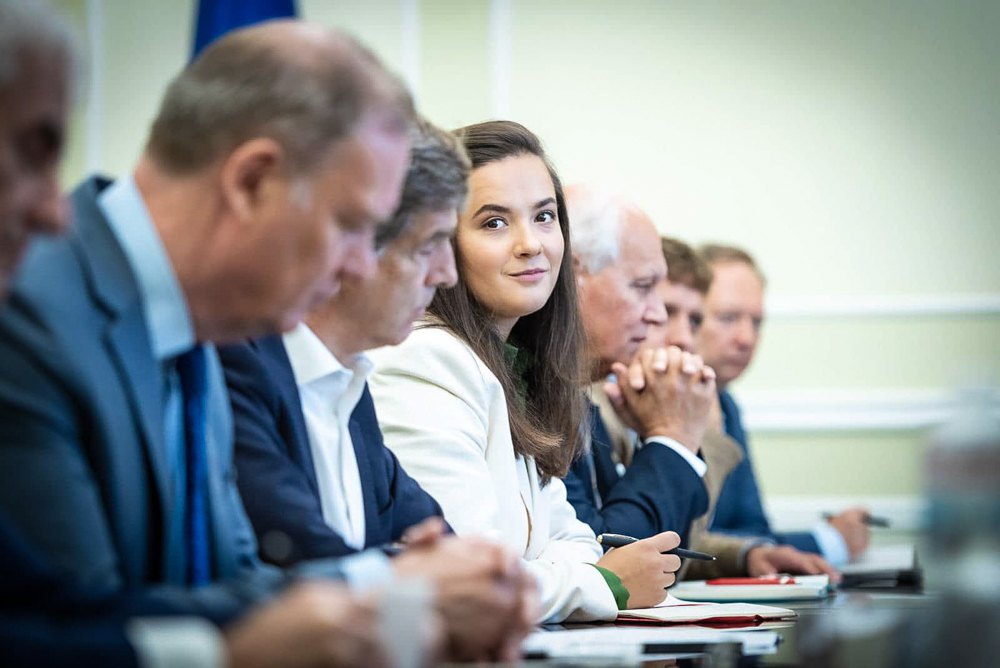
“Our experts worked late into the night without stopping for a second to take all necessary measures, including stabilising the gas supply situation in Poltava Region,” said Nataliya Boyko, Deputy Chair of the Supervisory Board of Naftogaz.
There have been previous Russian attacks on gas infrastructure, targeting both production sites in the northeast and fuel storage facilities in the western regions. Poltava Region has the largest natural gas deposits in Ukraine.
“The massive attack on gas fields coincided with the start of gas supplies by a Hungarian company to Moldova’s SDPP in Transnistria. Coincidence? I don’t think so. When the transit contract with Gazprom was not extended on 1 January, the Kremlin started playing the Transnistria card, claiming that Kyiv and Chisinau were freezing people in the TMR. After this provocation failed, a massive attack on gas fields followed to pressure Ukraine into negotiating a new transit agreement with political, not just economic, benefits for Russia,” said Volodymyr Omelchenko, head of energy programs at the Razumkov Centre.
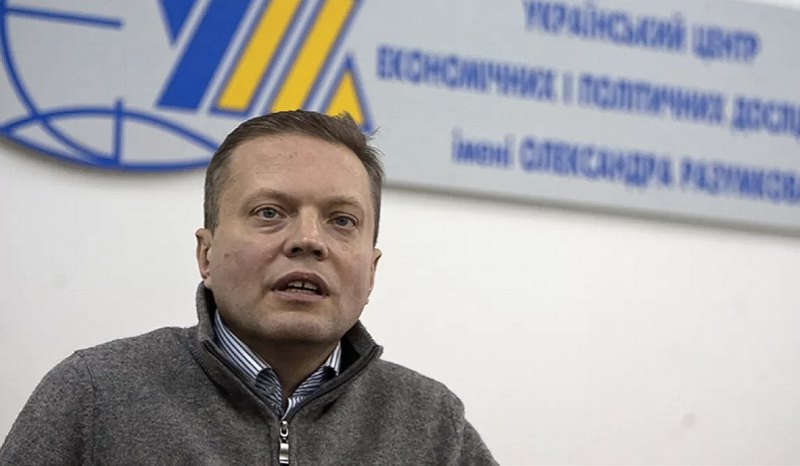
At the same time, the suspension of gas transit from 1 January 2025 has had no impact on domestic supplies. No issues with network pressure or gas supply to Ukrainian consumers have been recorded. The only factor that could leave households and businesses without gas is infrastructure destruction caused by Russian shelling.
“The government and energy companies are setting the wrong priorities: we need to ensure the engineering protection of vulnerable facilities, not only electricity but also gas. Of course, we can’t protect everything, but no one is stopping us from safeguarding the most critical equipment and creating a reserve of machinery. Instead, they are running an extremely dirty campaign—pushing for funding to complete units at Khmelnytskyy NPP. This money could instead be spent on engineering defences,” said energy expert Hennadiy Ryabtsev.
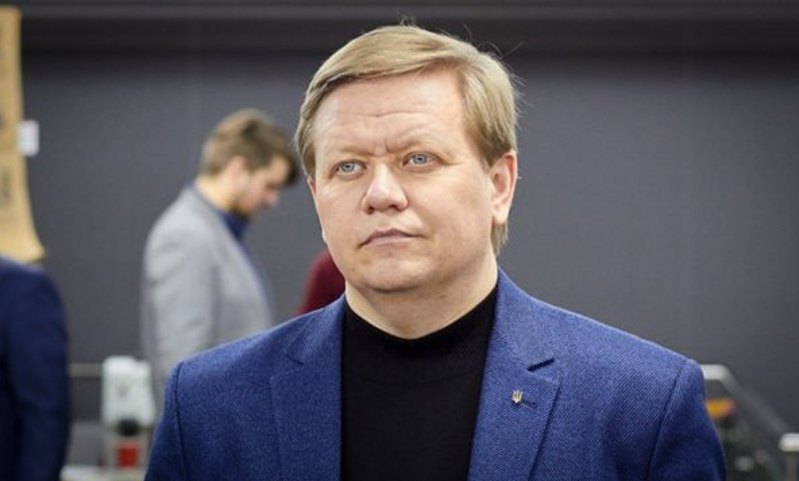
More problems with gas
Ukraine is once again buying gas on the European market. Imports have likely resumed due to two factors: modest fuel reserves in storage and Russian strikes. Supplies are coming from Hungary and Slovakia.
According to the trade publication Expro, Naftogaz plans to buy another 100 million cubic meters of gas to be pumped in during February and March, with a total cost not exceeding UAH 4 billion.
Over the past year, both Naftogaz and the government repeatedly stated that the country would have enough gas from domestic production, eliminating the need for imports.
However, in late summer, Ukraine did start purchasing gas from abroad. Naftogaz argued that these transactions did not count as imports, as the gas was stored but not cleared through customs, meant only for emergency use.
Currently, Ukraine has accumulated over 7.8 billion cubic meters of gas in underground storage. However, not all of it is usable. About half of the reserves are buffer or process gas, necessary to maintain proper storage pressure. This means that by the end of winter, just over 3 billion cubic meters will remain—about a quarter less than last year.
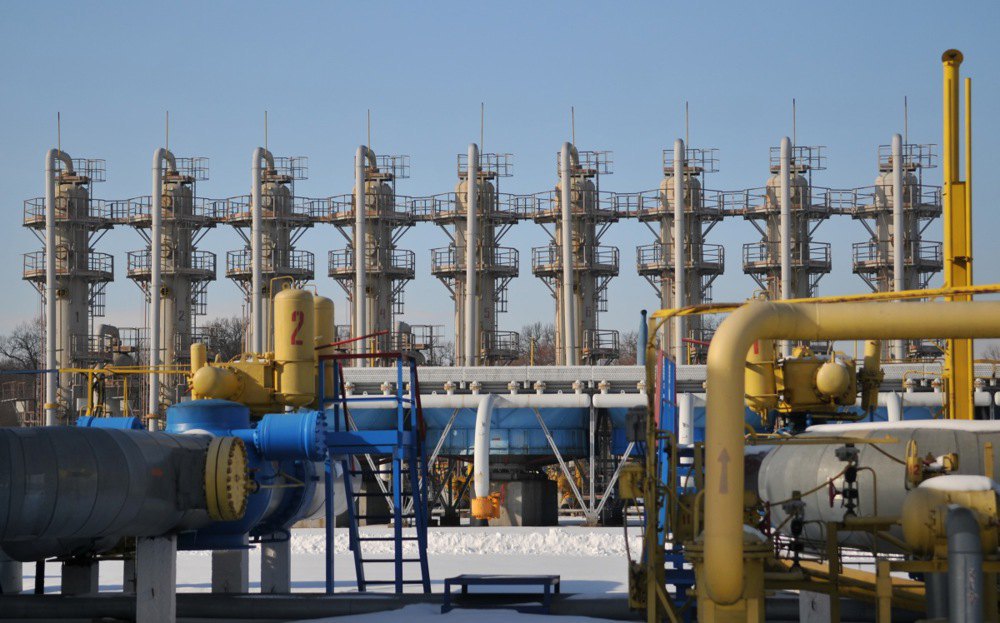
The EU’s gas storage facilities are also depleting and reaching seasonal lows, driving up gas prices. As a result, Ukraine’s winter gas purchases will be costly—it would have been far cheaper to stock up in the summer when prices were nearly half as high.
Naftogaz has emphasised that gas reserves are under control and sufficient to sustain the heating season. However, the company has officially confirmed that gas imports have resumed.
For now, there is no gas shortage in the country. Based on reserves and average daily consumption, Ukraine should have enough gas to last until the end of the heating season. However, if prolonged abnormal frosts occur, the situation could become critical. Even in the worst-case scenario, households will not be left without gas, though industry may face restrictions.
“Of course, Naftogaz could have imported more gas in the summer. I don’t know their exact reasoning, but it’s possible they refrained from imports throughout the year due to systematic Russian attacks on underground gas storage facilities starting in March-April last year. Many questions remain, including the strategy for working with commercial gas consumers at the end of 2024 and building reserves. However, the key issue and main threat today is enemy attacks on gas infrastructure, which have significantly impacted the gas balance,” said Andrian Prokip, energy expert at the Ukrainian Institute for the Future.
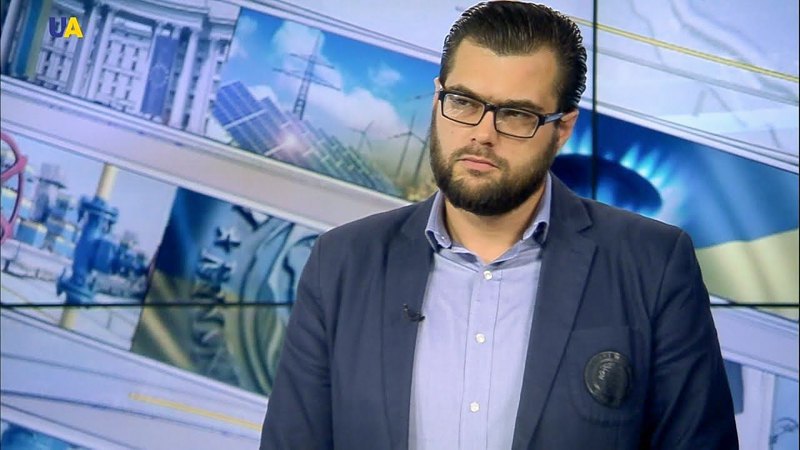
Forecasters do not predict significant warming in Ukraine yet. This week, nighttime temperatures will drop to as low as -14°C, with daytime frost as well. On Friday, 14 February, the weather will be cloudy with sleet, but a prolonged thaw is unlikely.
There will be no power cuts—for now
The Russian attacks, combined with the cold, have significantly worsened Ukraine’s energy situation. Since the start of the week, blackout schedules for businesses have been in place—an emergency measure before power cuts extend to households.
Ukraine has no additional generation capacity to meet rising consumption. Nuclear power plants are running at full capacity, and hydroelectric plants are also producing as much power as possible.
Thermal generation, which has suffered the most from Russian missile and drone attacks, faces similar challenges. Coal stockpiles are at a record high of over 3 million tonnes, but there is limited capacity to burn such large amounts. During clear daytime weather, solar power plants provide some support, but their winter generation remains minimal.
Electricity consumption has risen since last week. For example, on Tuesday, 11 February, national consumption increased by 4% compared to the previous day. Consumers are urged to conserve electricity to prevent blackouts, especially as frost-related demand rises alongside continued Russian attacks on the energy sector.
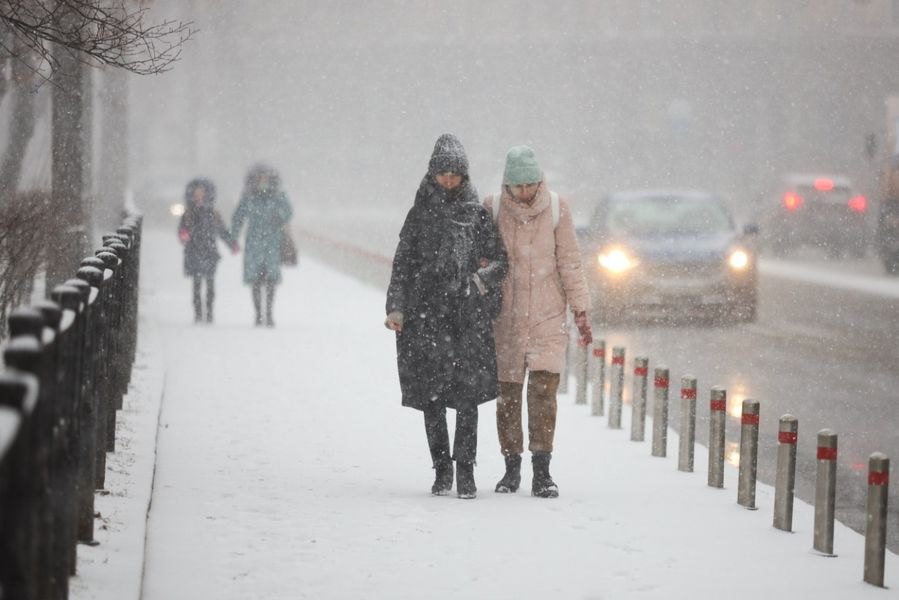
“There are currently no consumption restrictions for households. However, significant energy savings are needed during the day. Please avoid using multiple high-power appliances simultaneously. If possible, delay using them until nighttime,” Ukrenergo advised.
Ukraine’s energy system faces its greatest strain during peak consumption hours—7:00 to 11:00 in the morning and 15:00 to 21:00 in the evening.
Responsible electricity use and increased imports are the two main safeguards protecting most Ukrainian regions from blackouts. However, this depends on Ukraine’s air defence effectively countering Russian missile and drone attacks, as further damage could greatly exacerbate the crisis.
“There is a possibility that planned restriction schedules will continue until the end of the heating season, particularly in eastern and southeastern regions where capacity deficits are most severe. Business energy supply restrictions will be unavoidable,” Omelchenko said.
The right bank of the country is home to three large electricity producers—nuclear power plants. Electricity imports are also targeted at this part of the country. However, the main lines were not designed to transmit a significant amount of electricity to the left bank. A new connection is being built, but it is a very long and expensive process.
The cold snap has also significantly increased demand in the European Union, which has led to a rise in electricity prices. Prices in Ukraine's neighbouring countries rose by an average of 15-16% last week.








